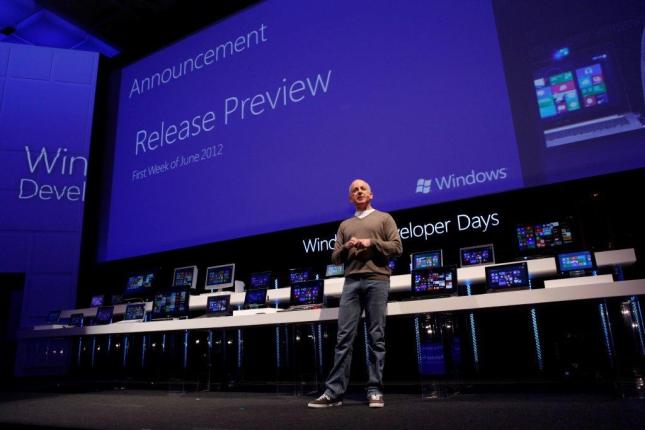On Friday, Oct. 26, Microsoft officially released their long awaited and highly anticipated new operating system: Windows 8. Along with Windows 8, Microsoft also released their new Surface Tablet, the company’s first ever tablet, along with several hardware devices with Windows 8 preinstalled. Microsoft has bet a huge chunk of their profits into their new releases, trying to regain their footing in the disappearing computer marketplace.
The new Windows 8 operating system, available on both PCs and tablets, is said to allow for a smoother, quicker browsing experience. Even before its official release, Microsoft had allowed for alpha and beta testers in order to create a unique experience to a broader range of people by finding and fixing bugs. Windows 8 PC’s boot time is also reported to have been dramatically improved, running in just under 10 seconds.
The many hardware partners of Microsoft, including Dell Inc.’s chief executive Michael Dell, have also anticipated the release of Windows 8. Many are hoping it will help revive the dying computer sales, which have reached the lowest sales in over a decade. In an interview a few days prior to the official release of Windows 8, Michael Dell stated, “You haven’t had a compelling reason to replace your old PC. Well, I think you just got one.”
Not only is Microsoft hoping to revive the computer industry, they are also hoping their long awaited Surface Tablet may become a major contender against Apple’s iPad 2. The newly released tablet, starting at $499, attempts to reel in consumers by instilling PC capabilities on a mobile tablet. Perhaps the most innovative of Microsoft’s accessories, Microsoft has also released an attachable keyboard cover to accompany the Surface Tablet. The keyboard cover, called Touch Cover, measures at 3mm, weighs less than half a pound and has pressure-sensitive keys.
Windows’ chief marketing officer, Tami Reller, announced that although the success of Windows 8 was not certain, awareness of the new product are higher than that of Windows 7 in 2009. Another challenge for the success of Windows 8 is their new digital store: compared to the number of apps available on Apple’s App Store, the number of Apps available on Windows 8 is miniscule. In order to attract more consumers, Microsoft will have to continually build upon their innovations.


